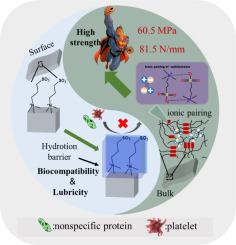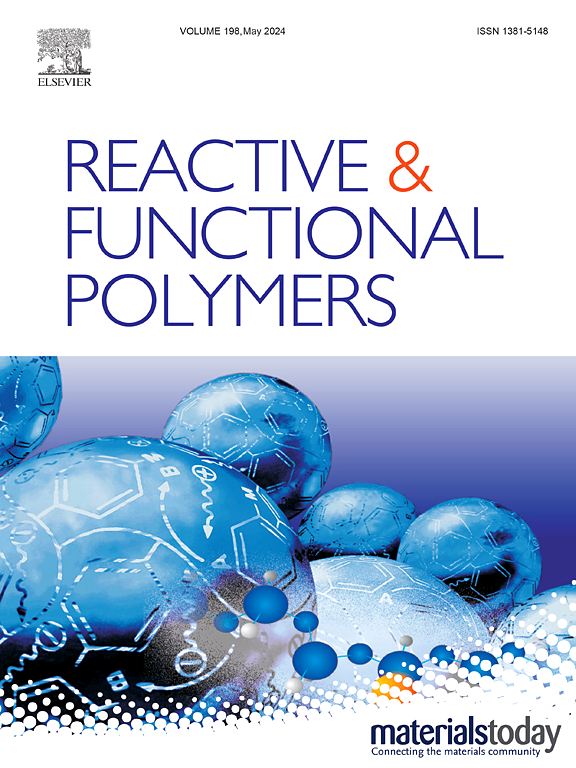Zwitterionic modification: A strategy to enhance the mechanical properties, lubricity and hemo- and biocompatibility of silicone poly(carbonate urethane urea)
Abstract
Incorporating zwitterions into the blood-contacting materials has been demon-strated an effective and convenient strategy to minimize protein adsorption and platelet deposition, but is frequently detrimental to the mechanical properties. Herein a feeding 29.0 mol% sulfobetaine (SB) siloxane poly(carbonate urethane urea) (SSiPCUU) was synthesized and evaluated. Although the equilibrium water uptake ratio was increased to 1.20% markedly depressing the hydrolytic degradation resistance and mechanical properties after the zwitterionic modification, its maximum tensile stress and tear strength in the wet state still kept the highest among all the tested samples because the urea groups created therefrom gave rise to the formation of bifurcating hydrogen bonds making a significant contribution to the mechanical properties alongside the unique ion clusters formed from pendant SB species. As a consequence of zwitterionic incorporation, it exhibited an extremely low friction coefficient indicating an excellent lubricity in a wet environment without any post-treatment. Accordingly, both the nonspecific protein adsorption and platelet adhesion were evidently decreased. Moreover, it also depicted a good transparency. The high lubrication performance is desirable for lessening the damage to human blood vessels and a good transparency is favorable to the visualization of the flow of liquid in the catheter. These results illustrated the great potential of the zwitterionic SSiPCUU used in the preparation of balloon catheters, artificial blood vessels, stent coverings and other blood-contacting medical implants and devices.


 求助内容:
求助内容: 应助结果提醒方式:
应助结果提醒方式:


